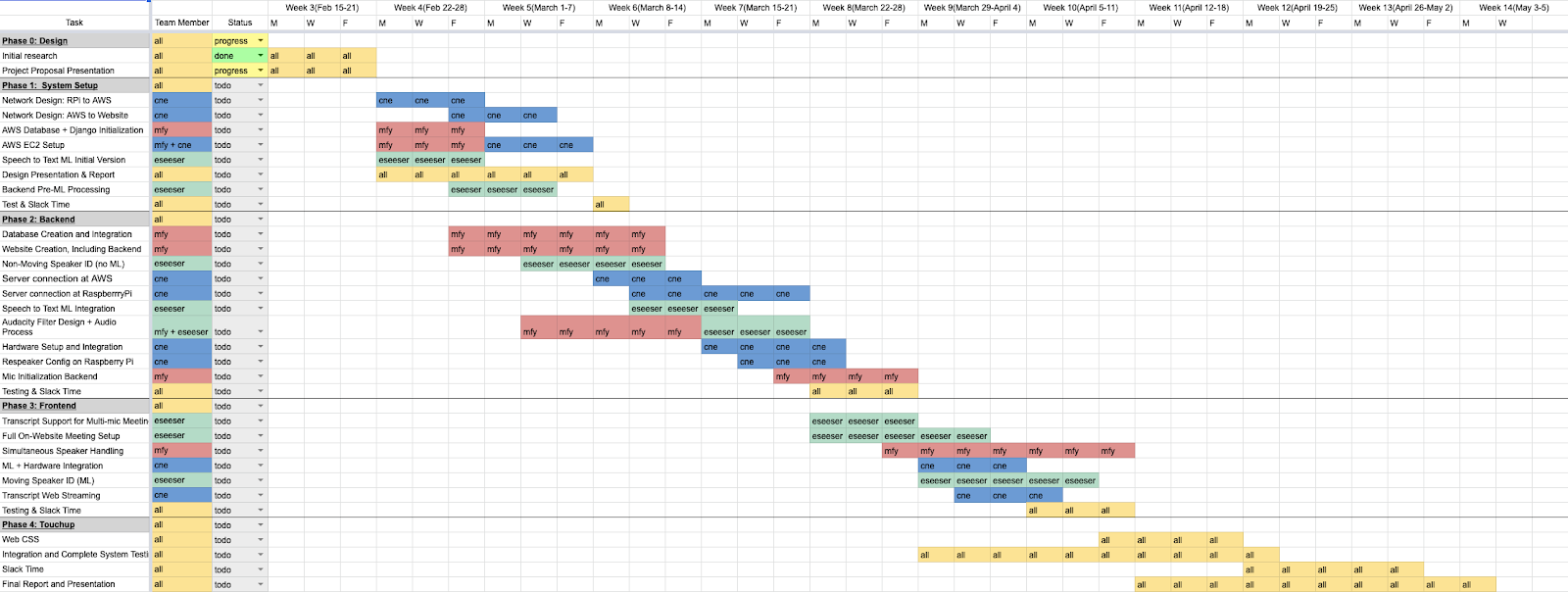This week I setup the server and worked on the design slides outline and design document. I first attempted to deploy the server on Amazon Linux 2, but encountered difficulties after recompiling python for a newer sqlite, so I redeployed the server on ubuntu 18.04. The server is currently in a condition that it can be run, but is empty. We also decided that we wanted to create a custom fitting for our device, so I looked into three options based off of previous projects: woodworking, laser cutting, or 3d printing one. After looking into it, I directly eliminated woodworking as it would be time consuming and requires more manual dexterity. Laser cutting and 3d printing would require CAD work. Laser cutting would allow reuse of old iterations as do not have to scrap the entire housing, while 3d printing would require printing the whole object if iterating. I think that using a mix should work for our project
I filled out the design slides outline and design paper generally, so that the information is there and can refine next week.
In terms of progress, I believe that I’m on schedule. Next week I’ll start testing scipi and audacity for the audio filtering, and continue working on the design document and presentation.
